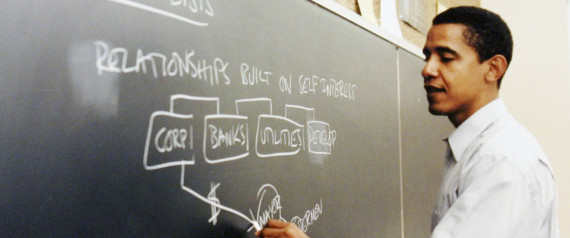In Pedagogy of the Oppressed, Paulo Freire writes of oppression as a process of dehumanization, a process which dehumanizes the oppressed and the oppressor alike., albeit affecting them in different ways.
Critically, he argues, it is only the oppressed who have the power to humanize us all:
This, then, is the great humanistic and historical task of the oppressed: to liberate themselves and their oppressors as well. The oppressors, who oppress, exploit, and rape by virtue of their power, cannot find in this power the strength to liberate either the oppressed or themselves. Only power that springs from the weakness of the oppressed will be sufficiently strong to free both.
The oppressors can only conceive of liberation as a trade-off, Freire argues. Rather than seek true liberation and humanization for all, oppressors “attempt to ‘soften’ the power of the oppressor in deference to the weakness of the oppressed.” An act which “almost always manifests itself in the form of false generosity.” Or, in another word, paternalism.
The oppressors cannot liberate because they can only come up with solutions like affirmative action or Don’t Ask Don’t Tell. They can only come up with solutions which at their essence say, “For generations our people have oppressed your people, but we will gesture towards this trivial concession because our people are so generous. Feel fortunate to receive this from us.”
So the task of liberation must fall to the oppressed.
But who are exactly “the oppressed”?
Freire seems to draw this line so clearly, but our society is not so neatly bimodal.
There are, of course, fractures of clear comparison: in the United States, black people are oppressed and white people their oppressors. Generations of slavery and generations of paternalism have seen to that.
But there are other fault lines as well. Women are the oppressed. Members of the LGBT community are the oppressed. Latinos, Asians, and multiethnic people are the oppressed. Those with real or perceived mental health issues – the mad, as Foucault would say – are also the oppressed.
In individual’s identity is complex. No person fits into one neat little box.
Perhaps we all are “the oppressed.”
Yale Law School professor Kenji Yoshino studies “covering” – the social and legal pressure to hide your authentic self, which, as Freire would agree, leads to dehumanization and the degradation of the self. As Yoshino describes:
When I lecture on covering, I often encounter what I think of as the “angry straight white male” reaction. A member of the audience, almost invariably a white man, almost invariably angry, denies that covering is a civil rights issue. Why shouldn’t racial minorities or women or gays have to cover? These groups should receive legal protection against discrimination for things they cannot help, like skin color or chromosomes or innate sexual drives. But why should they receive protection for behaviors within their control – wearing cornrows, acting “feminine,” or flaunting their sexuality? After all, the questioner says, I have to cover all the time. I have to mute my depression, or my obesity, or my alcoholism, or my schizophrenia, or my shyness, or my working-class background or my nameless anomie. …Why should my struggle for an authentic self matter less?
I surprise these individuals when I agree.
Yoshino would argue that we all are “the oppressed.”
It important here to interject that a recognition that every one “covers” – or more boldly that everyone is oppressed – does not imply that everyone is oppressed equally.
As part of a dialogue a few months ago, we were all asked to share a story of a time we felt like an outsider. It was a powerful and humanizing experience.
But it would have been inaccurate and inappropriate for me to walk away from that conversation feeling like my experience being “othered” was comparable to an African American’s experience being “othered.” Or, really, that my experience was comparable to anyone else’s at all.
I imagine that we have all felt the fear and shame and degradation of the oppressed, but I know we have not all felt it equally and it has not affected us all the same.
I do not know what it is like to be black in America. I only know what it is like to be me.
Despite the danger of falsely equating or comparing experiences, there’s something I find promising in accepting the mass of Americans as “the oppressed.”
Perhaps as Freire argues, it is only the oppressed who have the power to liberate us all – but we cannot let them wage the war alone.
The voices, vision, and agency of people of color should lead the movement for racial equality, but I cannot let it be their job alone. It is my responsibility as well to think critically about my own privilege and to openly question structures of power.
I may be “the oppressor” but it is morally imperative that I play an appropriate role in this fight – the role “the oppressed” ask me to play.
And while I recognize myself as a person of privilege in this dichotomy, I believe it is my own identity as “the oppressed” which helps me be the person I most need to be. An “oppressor,” perhaps, but also an ally.
It seems there could be great power in this approach. If we all see our selves as oppressed. If we reject the notion of liberation as a zero-sum game and work together to ensure that all people are free to pursue the “vocation of becoming more fully human.” If we recognize our brutal histories of oppression have impacted us unequally, but we collectively refuse to rest until all people are true free.
If we truly worked together in this humanist endeavor -
Perhaps, then, change could come.









